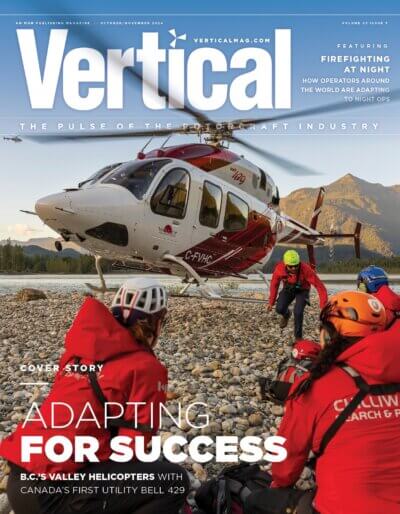BUYING A HELICOPTER
Acquiring a helicopter on a budget
The steep cost of purchasing a helicopter can be a considerable barrier to some, but there are still ways to own a helicopter on a budget.
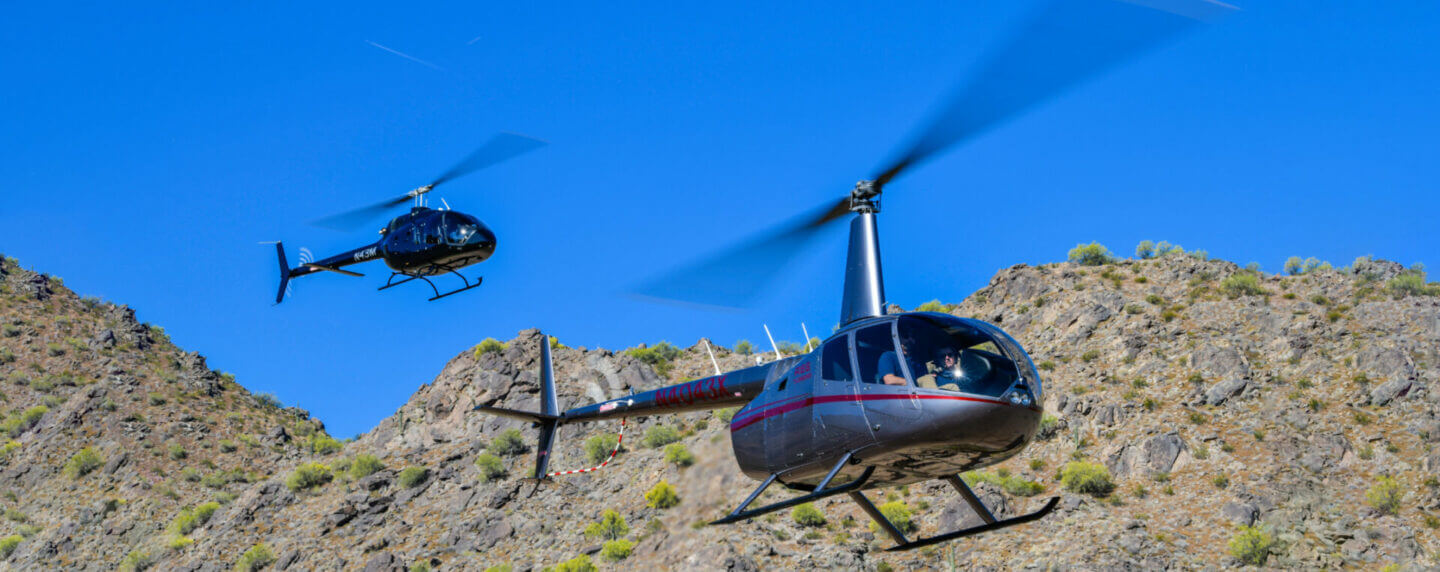
By: Jen BoyerPosted on: October 30, 2023
The steep cost of purchasing a helicopter can be a considerable barrier to some, but there are still ways to own a helicopter on a budget. Creative options such as leasing or even developing a partnership to purchase the aircraft are available. These take more research and work than outright purchasing a helicopter but can save considerable money down the road.
The leasing option
Leasing has a number of benefits for individuals and companies looking to acquire their first helicopter, with the most significant being no requirement for a large down payment.
“When you go to buy a helicopter, you will have to make a large down payment of 20 to 30%, depending on your credit,” explained Mark V. Clancy, president of HelicopterBuyer in Minneapolis, Minnesota. “If you’re considering a $1 million helicopter, that’s $200,000 to $300,000 in upfront costs. If you lease that same helicopter, there is a significantly lower cost up front.”
Some lessors will require a basic deposit, typically first and last month’s lease payment, Clancy said. Others may have different terms. Regardless, the initial outlay is significantly less than that required for purchasing. What’s more, monthly lease payments can be less than a monthly payment on an aircraft loan depending on how much you financed, saving not only the large capital investment, but monthly costs as well.
There are a couple of caveats to leasing a helicopter, however. For private operators, the first is finding a leasing company willing to lease an aircraft in that scenario. Often leases come with agreements on minimum annual flight hours, which can be hard for one person flying for pleasure to meet.

“Lessors are generally interested in customers who will fly 200, 300, or more hours a year,” Clancy said. “Most pilots using the aircraft for themselves may not fly that much. They typically fly about 100 hours a year.”
That said, a customer interested in acquiring an aircraft for their company’s use could very well meet those minimums and will have an easier time finding a leasing partner.
Leases can also include restrictions on operations, where you can land, and under what conditions you can fly.
When considering a lease, be sure to have a clear outline and understanding of what you want to do with your helicopter and your monthly budget. With a full conversation with your lessor, you can better identify if leasing is the right move for you.
Fractional ownership
Fractional ownership, a kind of timeshare setup for aircraft, is popular in the business jet community. This option has not caught on in the private helicopter world, however, and is very, very limited in the corporate world.
“I have just not seen any company offering fractional ownership opportunities for private helicopters,” Clancy said. “People want to fly when they want to fly and don’t want to wait for the aircraft to be available.”
Forming a partnership
One option that has worked for many is forming a partnership with others to purchase or lease and operate the helicopter. This is particularly attractive to a small group of pilots who would like to have an aircraft at their disposal but cannot or are not willing to take on the risk of a full aircraft purchase.
Adam Caldwell-Waluk, founder and CEO of Victoria Helicopters, strongly urges people considering this option to heavily prepare in advance and leave no stone unturned in research.
“Helicopter partnerships often end with someone having a sour taste in their mouth,” he warned. “It is important to know the costs up front and prepare for them even if you are splitting these costs. Engage an experienced lawyer so you have the proper contract in place, which can mitigate those hard-to-face topics.”
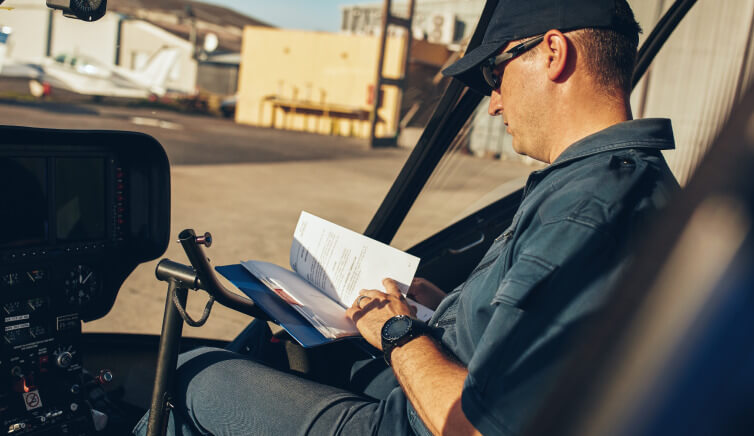
Clancy echoed this sentiment: “You have to really manage expectations in a partnership arrangement. For instance, one guy does a lot of maintenance to keep the aircraft flying and the other guy’s not pulling his share. Things like this create issues.”
Clancy and Caldwell-Waluk recommend several preemptive steps to help ensure a partnership remains a strong and positive investment for all parties. The most important is to consider everything up front and have expectations spelled out in writing, including who is responsible for what, what conditions the aircraft can be operated under, how maintenance is done, who you use for maintenance, how much each partner pays, who gets to use the aircraft when, where it will be hangared, who signs to buy and sell it, what aircraft to buy or lease, how the aircraft will be acquired, etc.
“Start with a general set of rules that cover everything from how you’ll acquire the aircraft to operations and maintenance and even the sale at the end,” Clancy advised. “These are standard business procedures. A lot of times, people don’t even know what to ask and include. It is not just buying, operating, and selling. It’s the entire lifecycle of the aircraft. That’s where hiring an aviation consultant can be very valuable if you are not experienced in aircraft ownership. This person can help identify the costs, needs, and requirements for owning or leasing the helicopter that the partners can address and agree to, again in advance.”
Once a comprehensive business agreement is crafted, an aviation business attorney can lend a second set of eyes.
Creating a limited liability corporation or partnership is one way to approach the partnership. The business entity offers liability protection and facilitates the business operation of the aircraft ownership, Clancy said. This can also reduce complications when the aircraft is sold.
“When multiple people are involved in the aircraft sale on the seller’s side, it can get really complicated,” he said. “Simplifying that stage is a benefit.”
Of course, the true benefit of a partnership is a reduction in each person’s outlay for the aircraft is considerably lower than if one person was taking on all the expense alone. The major tradeoff is sharing the aircraft availability.
A final word on insurance
Insurance is the specter in all of these scenarios. Just as it applies if someone bought an aircraft themselves, the aircraft’s pilot will have to meet specific experience and make and model requirements to be eligible for insurance.
For leasing, there is an additional layer. Unlike straight ownership where there are only owner-operator terms, a leasing company will have minimum insurance requirements, which may be in addition to the owner-operator terms. If a buyer has a loan, the lien holder (bank or finance company) would be named as additional insured. Similarly, in a lease situation, the leasing company would be named as additional insured.
If you are forming a partnership or LLC, you will want to protect the partners with at least hull and liability insurance. Again, these can only be obtained if every pilot meets the minimum flight time and make and model experience required for the insurance policy.
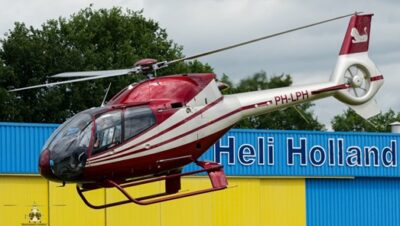
Airbus EC120B
Contact seller for price
Year: 2001

Airbus AS350B3
USD $ 1,599,000
Year: 2004
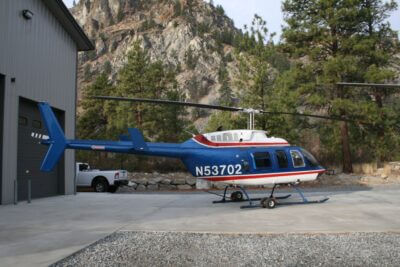
Bell 206L3
Make an offer
Year: 1992

Bell 206L4
Make an offer
Year: 1996
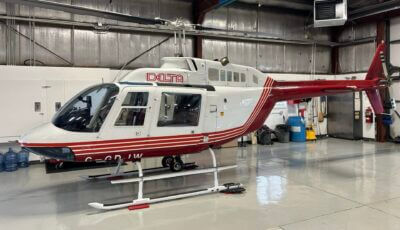
Bell 206B3
Contact seller for price
Year: 1979

Bell 206B3
Contact seller for price
Year: 1980

Airbus AS355F2
Contact seller for price
Year: 1992

Bell 206B3
Contact seller for price
Year: 1973
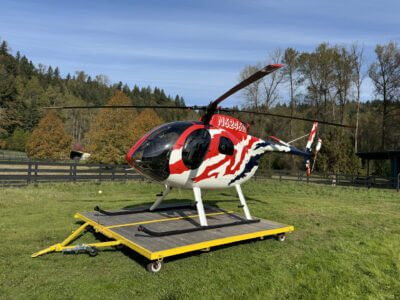
MD Helicopters 369A
Contact seller for price
Year: 1968
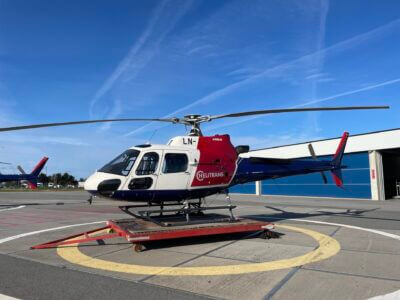
Airbus H125
EUR € 2,400,000
Year: 2020





